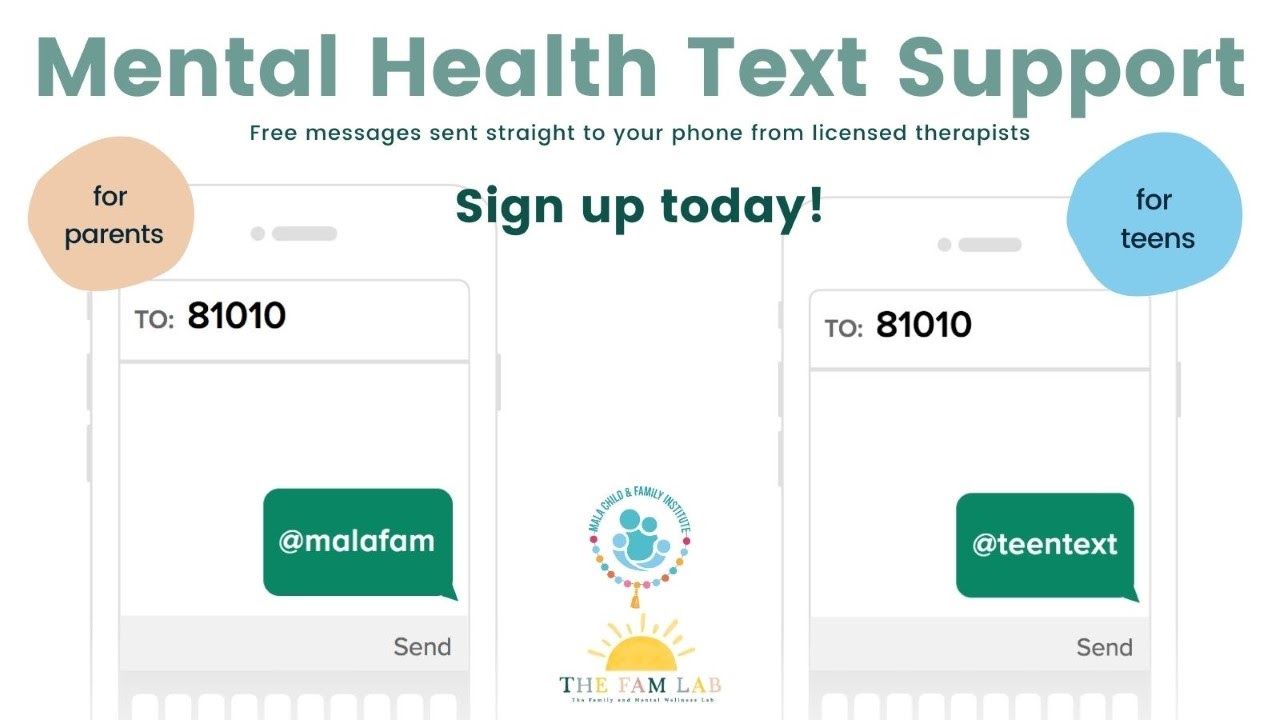It wasn’t that long ago that, when I told people I studied trauma and adaptation for a living, I could tell that sounded abstract and specialized. Prisoners of war? The effects of poverty and climate change in third world countries? No, I would respond, trauma is a homegrown problem too — racism, structural oppression and other factors provide the context for trauma, stress and adaptation right in our community. Then, in 2020, trauma was a word on everyone’s lips.
What is trauma? Simply put, trauma refers to negative, stressful forces that overwhelm an individual or group’s capacity to cope, and create impaired psychological functioning that transcends the concrete interaction with those stressful forces. This may be because those forces are persistent and inescapable; it may be the result of a single, acute incident.
People who are traumatized are not only worried, sad, angry, or grieving — all within the normal continuum of healthy emotional functioning — but experience those negative emotions as rigid and that functioning as reduced at unexpected times and in unexpected ways. This can include sleep problems, increased conflict in personal relationships, and inability to focus on tasks.
In the days following the Oxford shooting, my team and I met with hundreds of teens and tweens to listen, to support, and to take note of how this generation is adapting to the world around them. Here are a few takeaways I’d like to share broadly:
1) Don’t lie to your kids, no matter their age.
Across ages, it is worrisome to children when adults appear vague, afraid or untrustworthy. There are details each aged child can hear and feel empowered by. Focus on safety measures and adult management. Use these conversations as opportunities to make space in your relationships for honesty and connection. For older kids, encourage them to ask questions about safety procedures at school — teach them to be empowered, informed, and self-advocate.
2) Offer kids self-care strategies that work.
A sturdy mental health toolbox can use a few distraction strategies for self-care, but they should not be the only tools in the set. These strategies work best in immediate, triggering moments. Offer ideas like taking breaks when needed, getting fresh air and utilizing grounding tools — a fidget, a special piece of jewelry that connects them to someone they love, a photo of a happy memory or listening to a favorite song. Be aware that breathwork can be triggering for some people. Teach them a short set of steps to conduct a realistic threat assessment of their environment: What do they know (school shootings are still rare events, the adults here are paying attention and caring for me) and what can they see (the doors lock, I know where to go and what do in the event of an emergency; I am safe).
Beyond this, mental wellness is best fed by adequate sleep, good nutrition, exercise, healthy relationships, deep connections to community, spirituality — and strong routines that promote reliable moments for family cohesion and positive self-esteem. Invest in optimism and dream about the future together.
3) Listen first.
In any age, parenting is hard because you are trying to account for a world you have diminishing expertise in and to insulate someone who will ultimately have to navigate it for herself. While your instinct is to protect and fix, imagine yourself instead as a loving resource for healing and problem solving.
4) Prioritize IRL.
The presence of social media is inevitable in all of our lives; there is resilience to be had in real life. Teach your kids balance. Vicarious trauma can be exacerbated by exposure to shared experiences and imagery of actual footage of violence, as well as stories told. Many social media platforms confront the users with imagery before they can make a decision about viewing. Reduce and structure social media exposure. Increase opportunities for IRL connections: peer socializing, healthy and active social activities, family dinners and game nights. As our children get older, sometimes physical affection drops. Keep this in mind in your family relationships. Touch is vital for mental wellness and healing.
5) Please stop ringing the bells.
Kids are on edge and hypervigilance is high. This is a consistent issue across groups and communities. We’ve done a terrible job protecting our kids from the gun violence epidemic. We leave it to them to navigate seemingly unpredictable environments. They are keeping their eyes and ears open all the time. To a large degree, this is a function of trauma. However, it’s also a very real burden we’ve collectively placed on them. Among the many considerations for a truly trauma-informed learning space, we can start with one in particular: Students are describing being startled by loud noises multiple times a day at school. We may not be able to come together in this moment to solve the epidemic of gun violence, but at least we can stop frightening students with sudden, jarring bells repeatedly throughout the day.
For more support and information you can trust and use about stress, trauma, and coping from licensed therapists, please sign up for FAMText, a new text-message based service that will deliver information and strategies directly to your phone. Teens, text @teentext to 81010. Parents, text @malafam to 81010. Strong, together, in community.

Comments
Sign in or become a Nu?Detroit member to join the conversation.
Just enter your email below to get a log in link.